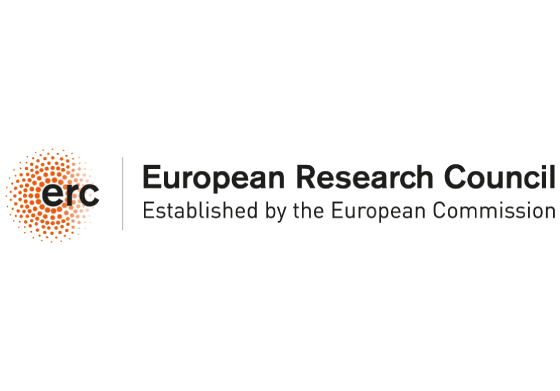Sistema de baja dimensionalidad para aplicaciones fotovoltaicas y optoelectr
2019-10-24
DOI: http://dx.doi.org/10.6035/14104.2019.664899
Full thesis in TDX: https://www.tdx.cat/handle/10803/667827
Summary
The increase in energy consumption has caused a great environmental impact due to the intense use of non-renewable energy sources, causing climate changes and global warming. To curb these unwanted eects it is necessary to use and improve renewable energy sources in addition to using devices with lower energy consumption. In the last ten years numerous studies have been carried out on perovskite solar cells, although very ecient, their instability hinders their commercialization. The reduction of the dimensionality of the perovskite is an alternative to improve the stability of these devices. The use of anilinium as an organic cation in the synthesis of perovskites 2D/3D has been reported for the rst time in this work highlighting the quality of the material that has signicantly better photovoltaic and optoelectronic properties with respect to the perovskite 2D/3D synthesized with butylammonium, which It is one of the most studied materials so far. Subsequently, he focused on the manufacture of a second generation of solar cells based on 2D/3D perovskite using anilinium as bulky cation by the hot-casting method. The positive eect of temperature on the properties of the materials was demonstrated by a direct correlation between temperature, crystal size and PCE. Solar cells with 7.63% eciency were obtained with Jsc of 13.79 mA/cm2. In addition, stability studies showed that lms based on a 2D/3D perovskite made with anilinium showed a resistance moderately higher than environmental conditions compared to solar cells based on 3D perovskites. On the other hand, light-emitting quantum dots were synthesized that cover the entire visible spectrum with high quantum yields of uorescence and color purity, and with them, light-emitting diodes of single color, high brightness and quantum eciencies were produced. 0.39 %, 1.04 %, 2.10% and 1.30% for light emitting diodes based on quantum dots emitting red, orange, green and blue light, respectively. In addition, the white light-emitting diodes were prepared by mixing quantum dots, red-green-blue and orange-green-blue, these showed color temperatures of 5300 K and color rendering index greater than 80 %. Colloidal nanocrystals are excellent candidates for the preparation of electroluminescent devices as well as high quality displays. Perovskite nanoparticles that have been extensively studied for optoelectronic applications were also synthesized due to their extremely high photoluminescence quantum yield, tunable bandwidth and exceptionally narrow emission spectra. Therefore, perovskite nanoparticles also have an enormous potential for the development of high eciency color screens, low cost and wide range of colors with high purity. However, its synthesis typically involves processes at high temperature and controlled atmosphere that can hinder its commercial development. In the present doctoral thesis, the green light emitting diodes have been prepared by using totally inorganic perovskite nanoparticles CsPbBr3 that were synthesized at room temperature and by the traditional hot-injection method.










